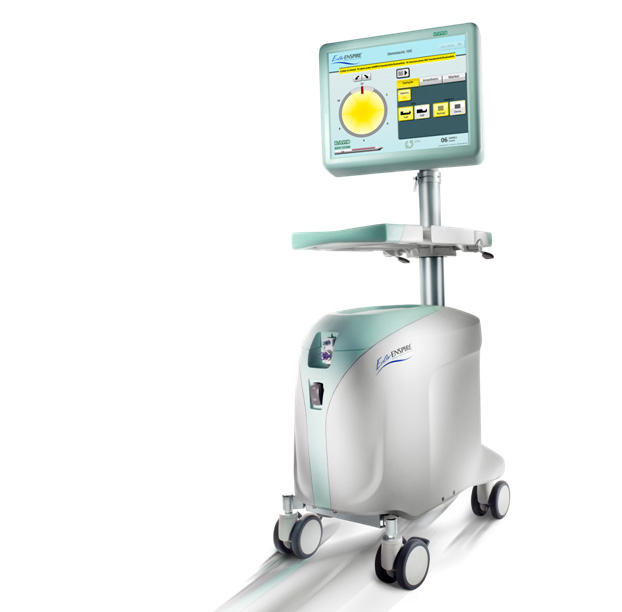HORMONE THERAPY –
There are two types of breast cancers – hormone positive and hormone negative. To make this identification, biopsy samples are sent for certain special tests to assess the status of oestrogen receptors (ER), progesterone receptors (PR) and HER2 receptors. Receptors are special proteins present on the cell surface which give the cell a special quality.
An ER or PR positive tumour means the hormones oestrogen and progesterone in the body of the woman are actually acting on those tumour cells and propagating them.
Hormonal therapy uses drugs to block the action of these hormones on cancer cells. As a result, the cancer cells begin to decline.
There are two types of drugs involved in hormone therapy:
- SERMs (Selective Oestrogen Receptor Modulators)
- AIs (Aromatase Inhibitors).
Drugs like Tamoxifen (SERM), Anastrozole (AI) and/or Letrozole (AI) which are anti-oestrogens, are given to the patients to reduce the chances of recurrence. They are extremely effective treatments and virtually prevent the recurrence. They also prevent occurrence of breast cancer in the contralateral/other breast by 50%. Tamoxifen is the most commonly used drug.
This therapy is used to help reduce the risk of cancer coming back after surgery. It can also be used for breast cancer that has spread or come back after other treatment.
What are the side effects of Tamoxifen?
- Women who are pre-menopausal suffer from hot flushes
- They may become amenorrheic or their periods may reduce/thin out.
- There is a very small possibility that, in less than 3 out of 1000 women, Tamoxifen may cause a very low grade uterine cancer. The woman needs to be examined every year with an ultrasound to prevent such a possibility. In our experience, we have never actually seen a breast cancer turning into a uterine cancer after taking Tamoxifen.
- In a very small percentage of patients, Tamoxifen might cause eyesight problems which are reversible.
- If there is change in the thickness of the lining of the uterine cavity, Tamoxifen needs to be withdrawn and other drug needs to be given.
What are the side-effects of Aromatase Inhibitors?
- AIs are responsible for causing osteoporosis in women who have undergone hormone therapy with this drug.
This is a very important side-effect since patients have complained about bone aches.
TARGETED THERAPY
Presence of Human Epidermal Growth Factor Receptor 2/Neu Protein (HER2/Neu Protein) in cancer cells makes the tumour more aggressive. Targeted drugs are aimed specifically towards these proteins to reduce the aggressiveness of cancer. Targeted drugs are not effective as a single treatment agent, but can be used along with chemotherapy.
Trastuzumab is the most commonly used targeted drug. It has reduced the mortality of breast cancer by more than 50% in the patients which have HER2 positive cancer.
Trastuzumab is administered in a day care facility. It requires half an hour to one hour to administer it intravenously and the procedure is painless. However, Trastuzumab regimen is a prolonged one, sometimes lasting upto a year or so. If the treatment is working, it can be intermittently stopped as well.
This drug has virtually no side effects like nausea, vomiting, hair loss, etc., and is extremely safe in women. But it needs to be given under the supervision of a trained medical oncologist.
What are the risks with Trastuzumab?
The only side effect of Trastuzumab can be a very minor allergic reaction to the drug which needs to be ascertained before administration. However, it can also cause cardiotoxicity in patients with heart conditions. Therefore, it is necessary to assess the heart condition of the patient before beginning the regimen, and it is also necessary to monitor her/him intermittently, that is, if the regimen is for a year, she/he needs to be monitored every six months.


